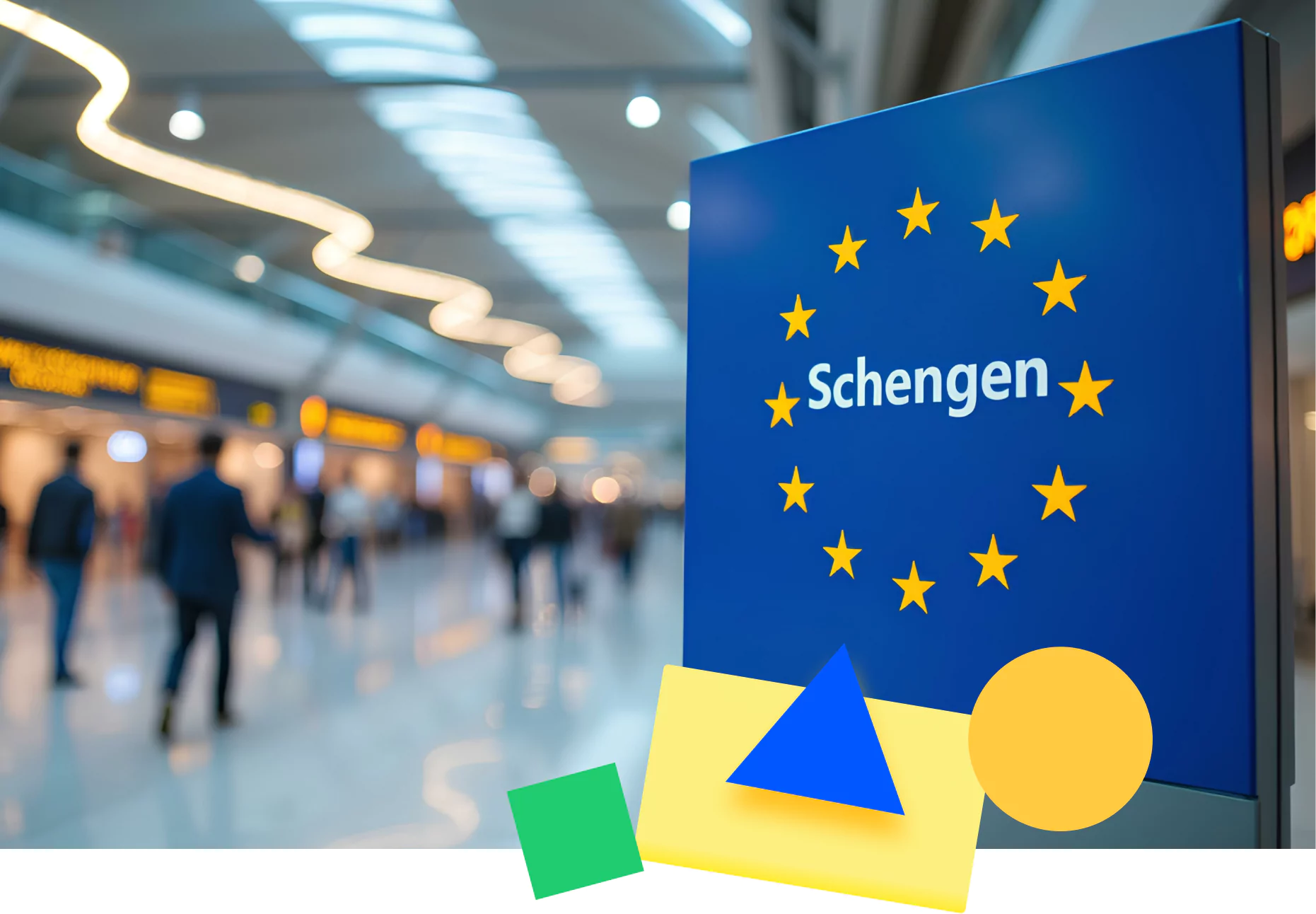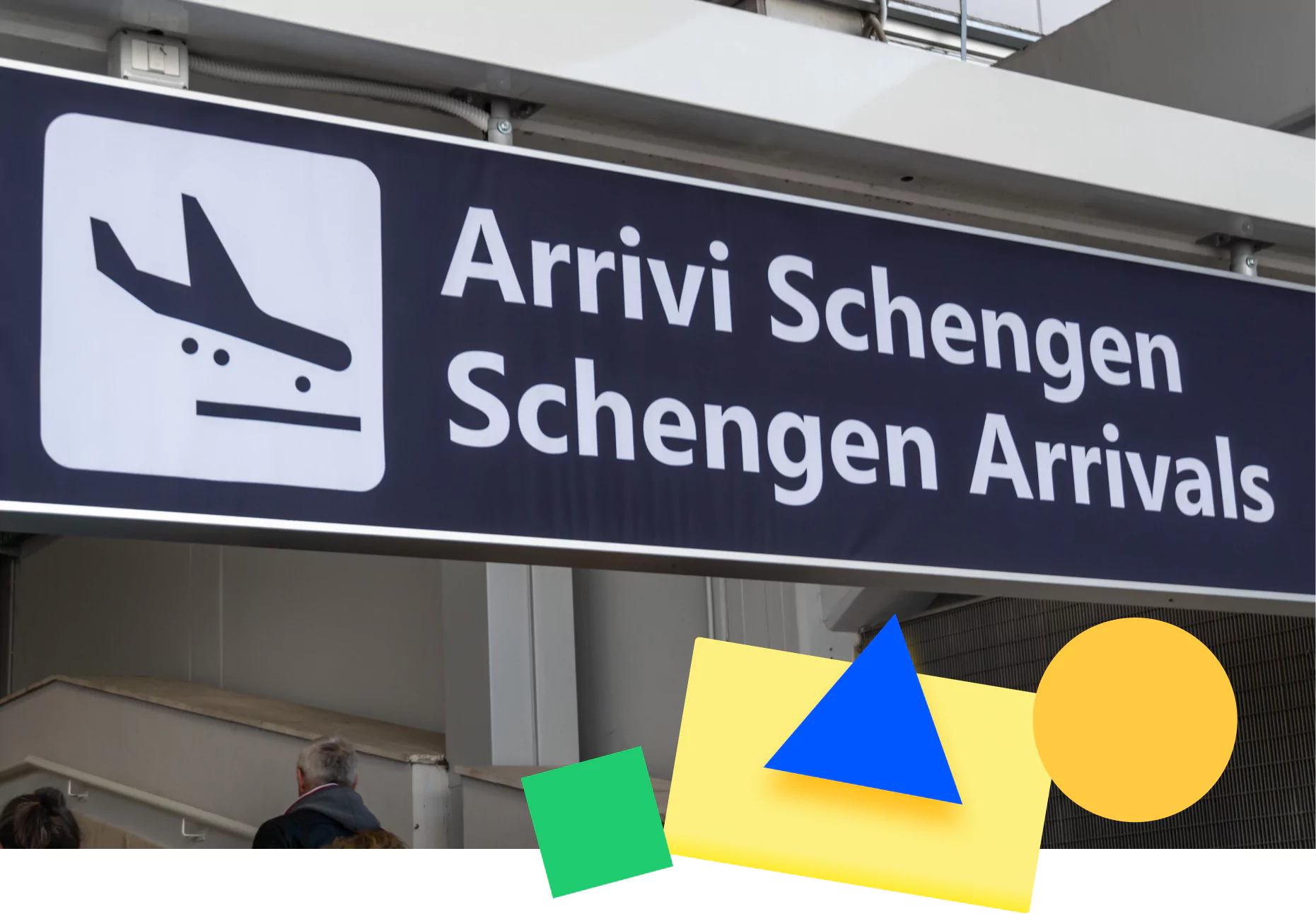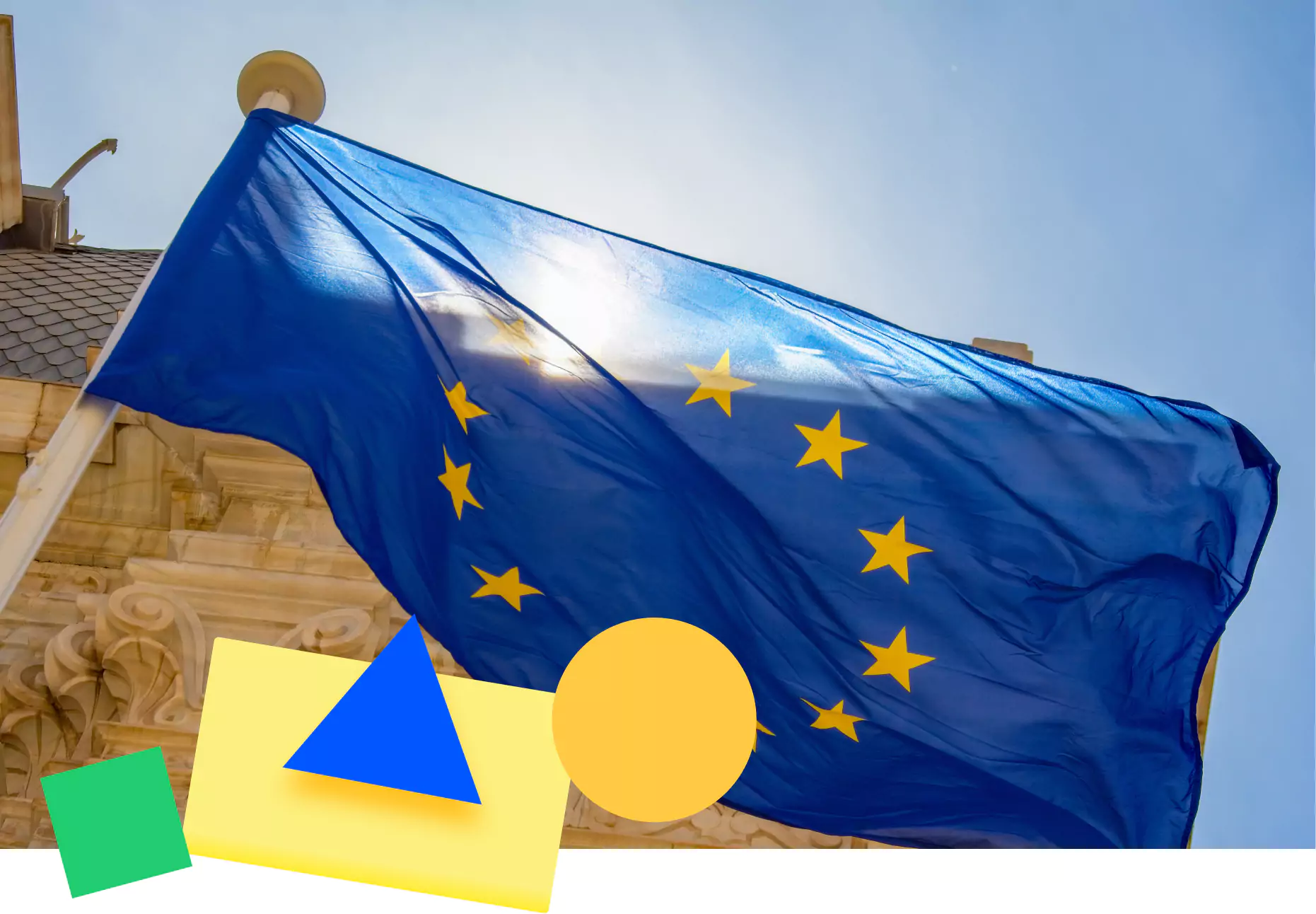Schengen Area Guide and How to Stay Compliant When Travelling

The Schengen Agreement turned 40 this year. That may not be a birthday you celebrated, but you’ve likely been travelling under its rules for quite some time. Indeed, if you’ve travelled to Europe for work or pleasure, you’ve probably travelled to a country in the Schengen Area.
And if your business has offices or customers in Europe, you will need to know all about the Schengen Area and its rules including your compliance responsibilities.
Let’s Start with a Little History
On 14th June 1985 in Schengen, a small village in Luxembourg which bordered Germany and France, the Schengen Agreement was signed by Germany, France, Belgium, Luxembourg, and the Netherlands. Its purpose was to gradually abolish controls at internal borders and create a way for people to move harmoniously between member countries. Five years later, in the same little village, the Schengen Convention was signed by the founder countries.
These treaties led to the creation of the Schengen Area and a legal framework that included provisions for police and judicial cooperation, information-sharing between countries, and standardised visa policies. In 1999, the Schengen rules were integrated into EU law.
Since its inception, the Schengen Area has grown to include 29 countries – 25 members of the EU and 4 non-EU countries, who are members of the European Free Trade Association.

Schengen Area Countries
The countries in the Schengen Area are:
Austria, Belgium, Bulgaria, Croatia, Czechia, Denmark, Estonia, Finland, France, Germany, Greece, Hungary, Iceland, Italy, Latvia, Liechtenstein, Lithuania, Luxembourg, Malta, the Netherlands, Norway, Poland, Portugal, Romania, Slovakia, Slovenia, Spain, Sweden and Switzerland.
Cyprus is not currently a member but is in the process of joining. Ireland is exceptionally allowed to opt-out of the travel rules and applies its own visa policy.

What Does it All Mean?
The Schengen Area is now the largest free travel area in the world, allowing more than 400 million people to travel without borders between its countries.
For non-EU travellers passing through a Schengen country, or travelling to stay there, the EU has established the Common Visa Policy. This enables visitors to enter a Schengen country on a short-stay visa, which entitles them to travel through all countries in the Schengen Area for up to 90 days in any 180-day period. This also includes airport transit visas for countries this applies to.
The EU keeps a list of countries whose citizens need a Schengen Visa to travel and countries with which it has a visa-free regime in place (including countries with a visa waiver agreement). Travellers from visa-free countries are not required to apply for a visa and can travel for tourism or business and stay for up to 90 days in any 180-day period. Examples of countries with a visa-free regime in place are the United Kingdom and the United States of America.

The Fine Print
The rules allow travel to more than one Schengen Area country in the 180-day period and the total stay must not exceed 90 days in that period. The 180 days is a continuously rolling period.
Team members travelling for business need to be aware of the Schengen rules and the restrictions on travel, including whether or not they require a visa. Depending on the size of your company, this may be something they coordinate themselves or it may be handled centrally.
It’s a good idea to include guidance in your company travel policy. This should include details of the Schengen Area rules, guidance on how this is to be managed within the company to ensure compliance, what to do in the event of an overstay, what to do in the event it is known in advance that a colleague does need to exceed the 90 days and therefore needs to apply for the relevant visa, and how to ensure compliance with international entry and exit requirements.
It's also prudent to find out ahead of any travel whether there are regulations or restrictions specific to a country, particularly around travelling for work.
To ensure you and your organisation stay compliant, you need tools in place to manage company whereabouts and to track travel within your teams. Team Today’s intelligent workforce management provides this tool in a highly visual format, meaning that your team always have full visibility of how many days they have spent in the Schengen Area and how many they have left. Managers and staff can check this easily using our calculator.
Our system also allows you to track the days in the Schengen Area at a company level rather than just individually, so as managers you have complete oversight.

Future Developments
From October 2025, the new Entry/Exit system (EES) is expected to come in. This is a new digital border system designed to make passport control simpler by replacing manual stamping with biometric data.
And expected in the last quarter of 2026 is the European Travel Information and Authorisation System (ETIAS) which is to keep track of visitors to the Schengen Area who do not require a visa. This will involve completing information online prior to travel and paying a small fee which will buy a valid permit for 3 years.
Managers should keep abreast of these and any other future developments and make sure company guidance is updated and staff are kept aware.
For further information about theSchengen Area, the European Commission has a comprehensive guide.
And for more insights and articles about work and hybrid working from Team Today, visit our blog here.
Team-Today is now free for up to 2 teams or 10 people. Sign up here, no credit card required.














